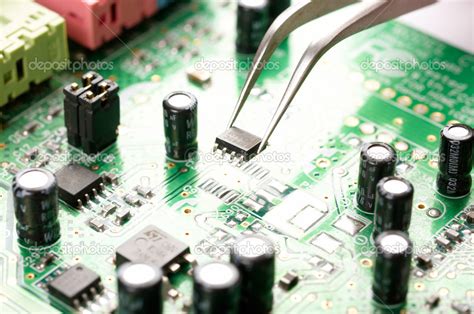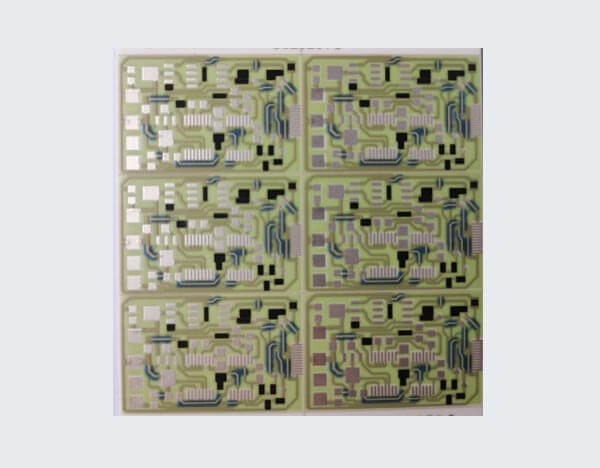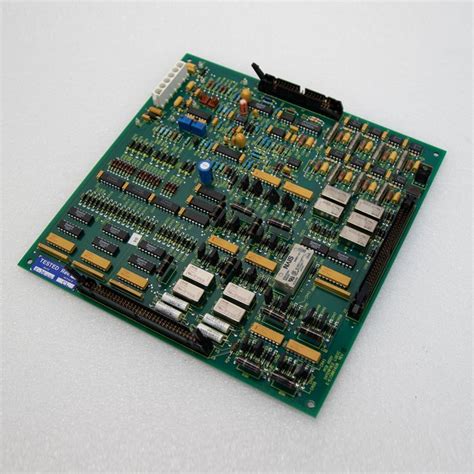Mastering Turnkey Prototype Assembly: From Concept to Completion
Essential Techniques for Turnkey Prototype Assembly
In the realm of PCB assembly and PCBA, mastering turnkey prototype assembly is a multifaceted process that demands precision and expertise. One crucial technique involves the meticulous selection of components, ensuring compatibility and optimal functionality. Soldering techniques play a pivotal role in the assembly process, requiring finesse and attention to detail for seamless integration. Employing advanced testing methods, such as ICT (In-Circuit Testing), is essential to validate the integrity of the assembled prototype. Quality control measures, including thorough inspections and adherence to industry standards, are paramount to guarantee a flawless end product. Embracing lean manufacturing principles can streamline the assembly workflow, enhancing efficiency and reducing waste. By incorporating these essential techniques into your turnkey prototype assembly process, you can elevate the quality and reliability of your prototypes to new heights.
Introduction to Turnkey Prototype Assembly
Turnkey prototype assembly is a pivotal phase in product development, bridging the gap between concept and reality. This process involves the comprehensive integration of components and systems to transform initial ideas into tangible prototypes. At its core, turnkey prototype assembly encompasses the seamless coordination of design, manufacturing, and testing, ensuring each stage contributes to the overall quality and functionality of the prototype. PCB assembly (PCBA) plays a central role in this endeavor, where precision and efficiency are paramount. Assembling a prototype involves a series of meticulous steps, from selecting the right components to integrating them flawlessly into the design.
To achieve optimal results, PCB assembly (PCBA) demands adherence to best practices and utilization of advanced techniques. Each component’s placement and soldering must meet exacting standards to guarantee reliability and performance. As highlighted in the article “Mastering Turnkey Prototype Assembly: From concept to completion,” meticulous attention to detail is crucial. According to industry experts, “Efficient assembly hinges on strategic planning and rigorous quality control throughout the process” (Mastering Turnkey Prototype Assembly: From concept to completion). This underscores the importance of a methodical approach from initial schematics to the final assembly.
In essence, mastering turnkey prototype assembly requires a blend of technical expertise, systematic planning, and a commitment to excellence. By understanding the intricacies involved and implementing proven strategies, developers can navigate challenges effectively and accelerate the path from concept to market-ready prototype.
Essential Techniques for Turnkey Prototype Assembly
When diving into the realm of turnkey prototype assembly, it’s crucial to master the intricacies of PCB assembly. This process forms the backbone of any PCBA project, ensuring that each component integrates seamlessly into the final prototype. To achieve optimal results, attention to detail is paramount. Implementing advanced soldering techniques, such as surface-mount technology (SMT), enhances the reliability and performance of electronic assemblies. Additionally, leveraging automated assembly processes streamlines production, reducing time-to-market and minimizing error margins. Each step, from initial design validation to the final quality inspection, must uphold rigorous standards to meet project goals effectively. By embracing these best practices, engineers and manufacturers can navigate the complexities of turnkey prototype assembly with confidence, achieving superior outcomes in product development.
Crucial Steps in Turnkey Prototype Assembly
When it comes to turnkey prototype assembly, the process involves several crucial steps that are essential for a successful outcome. The first step in the PCB assembly process is to carefully review the design specifications and ensure that all components are readily available. Next, the PCBA process begins with the placement of components onto the printed circuit board, followed by the soldering process to establish electrical connections. Quality control checks are then conducted to verify the integrity of the assembly. It is imperative to conduct thorough testing to ensure that the prototype functions as intended. Documentation of the assembly process is also crucial for future reference and troubleshooting. By following these essential steps meticulously, one can ensure a smooth transition from concept to a fully functional prototype in the turnkey assembly process.
Conclusion
In conclusion, mastering turnkey prototype assembly requires a blend of technical expertise, meticulous planning, and adherence to best practices. Throughout this guide, we have explored the intricate process of PCB assembly and PCBA, highlighting essential techniques and crucial steps to achieve efficient and superior results. From concept to completion, the journey involves not only understanding the nuances of component selection and soldering techniques but also leveraging advanced technologies for optimal outcomes. Whether you’re a novice venturing into PCB assembly for the first time or a seasoned professional aiming to refine your process, embracing continuous learning and adaptation remains paramount. By integrating these insights into your practice, you can navigate complexities with confidence and elevate your PCB assembly capabilities to new heights.
Frequently Asked Questions
How can I optimize PCB assembly for turnkey prototype projects?
When delving into turnkey prototype assembly, optimizing PCB assembly (PCBA) is crucial for seamless project execution. From concept to completion, ensuring efficient integration of components and precise manufacturing processes is paramount. PCB assembly involves intricate steps such as component placement, soldering, and quality testing. Utilizing advanced techniques and adhering to best practices can significantly enhance the reliability and functionality of your prototypes. It’s essential to collaborate closely with experienced manufacturers who specialize in PCB assembly to leverage their expertise and resources effectively. For detailed insights and expert guidance on optimizing your PCB assembly process, please click here: https://www.andwinpcb.com/pcb-assembly/.







